Plumeria: the flower that changes life for the better
Plumeria, also known as Lee or Frangipani flowers, are small, fragrant, flowering trees native to Mexico, the Caribbean and parts of South America. There are many species of plumeria cultivated as ornamental trees, all of which are members of the Duban family. In a tropical garden, it is a wonderful addition with its beautiful flowers and fragrance.
Show key points
- Plumeria, also known as Frangipani, is a tropical flowering tree native to Mexico, the Caribbean, and parts of South America.
- This ornamental plant thrives in USDA hardiness zones 10-12 and cannot survive freezing temperatures.
- Plumeria blooms in vibrant shades of white, red, pink, yellow, or multicolored from spring to fall and emits a strong, pleasant fragrance.
- ADVERTISEMENT
- For optimal growth, plumeria requires well-drained, slightly acidic soil and at least six hours of full sunlight per day.
- Overwatering can lead to root rot, while cold weather and fungal diseases like plumeria rust can also pose threats to the plant's health.
- Regular pruning in late winter or early spring helps maintain its shape and prevent damage from diseased or broken stems.
- Plumeria can be grown indoors in containers, and during colder months, they should be kept dormant with minimal watering.
About Plumeria
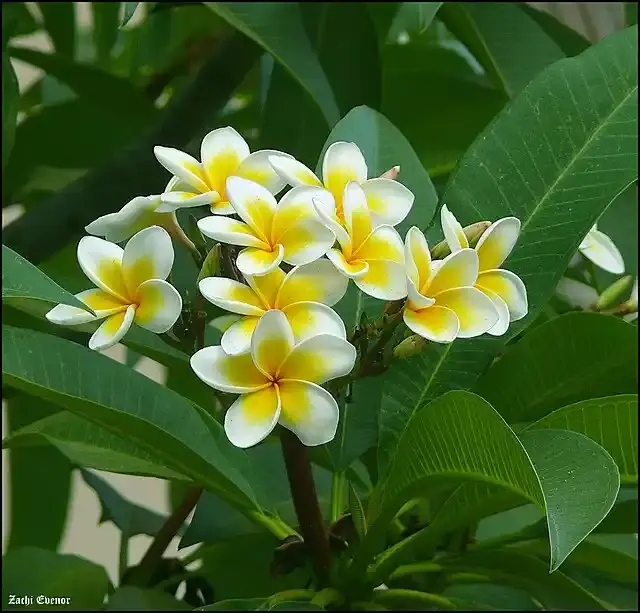
Plumeria grows in tropical climates. While plants tolerate both salty and windy conditions to some extent, they do not tolerate cold. In the right growing conditions, they bloom freely from spring to fall and are often grown in the garden as an ornamental shrub or small tree. Some cultivated species are Plumeria rubra, Plumera optos, and Plumera alba. Plumeria has a rounded canopy and grows almost as wide as its length. The leaves are long, shiny green, growing in clusters at the tips of the branches. This beautiful plant grows best in USDA hardiness zones of 10-12, and does not tolerate cold temperatures. The plumeria flower is tubular in shape with five rounded petals. Their colors can be white, red, pink, yellow or multi-colored. Flowers in the form of garlands are made in Hawaii. They emit a strong and pleasant smell, and at night attract mites as pollinators. Although not native to the United States, plumeria is not considered invasive. Used as an ornamental tree in squares, gardens and other planned landscaping. They can also be grown in a large container and kept throughout the winter in cooler regions. It will not tolerate any winter frosts.
Recommend
Water and light requirements for the plumeria tree
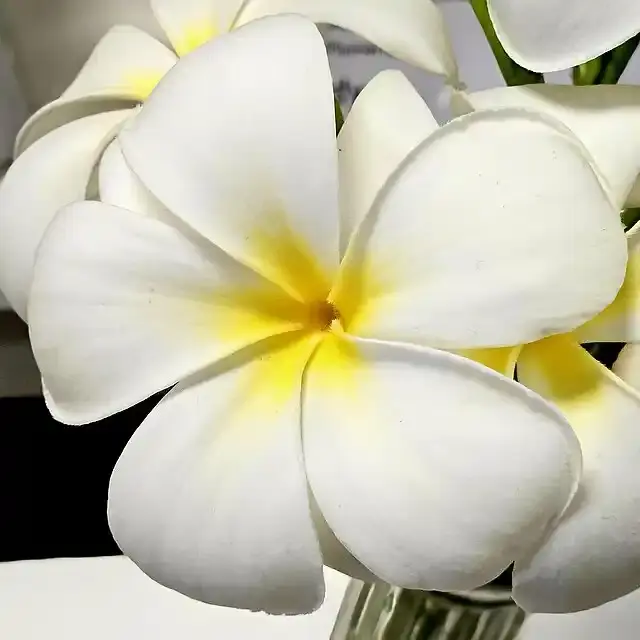
The plumeria tree grows best in 6 hours of full sun. They need medium moisture, which means their soil should be well drained and never become flooded, but they shouldn't be allowed to dry out completely either. It is best to water deeply and less frequently, while reducing the frequency of watering in cold temperatures. Resume regular watering with the appearance of new growth in the spring.
Plumeria soil and fertilizers
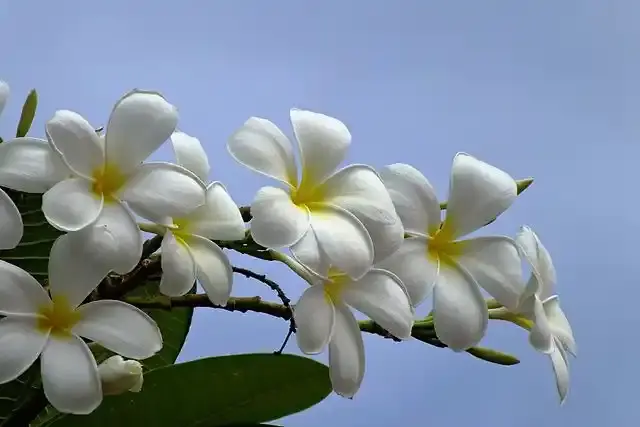
The most important property of the soil for the plumeria tree is that it drains well. Slightly acidic loamy soils are best. When growing plumeria plants in pots, use a coarse, well-drained soil mixture, using a mixture of aloe vera or perlite and sand. Fertilize plumeria several times during the growing season. A product with more phosphorus, such as 10-30-10, will promote the growth of more flowers. Giving it too much nitrogen will only lead to more foliage growth and less flowering.
Problems, pests and diseases of plumeria
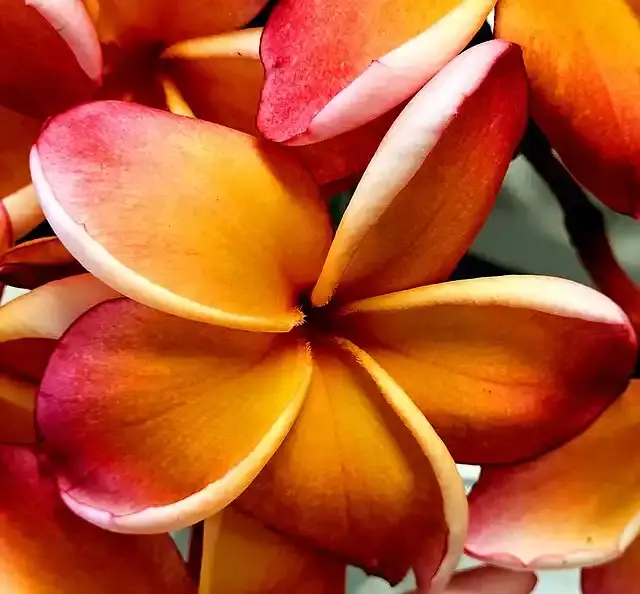
Two possible problems with plumeria can be easily avoided. It is easily damaged in the cold, so do not plant this tree if the temperatures are freezing in winter. Alternatively, you can grow them in a container and move them inside as needed. Root rot can be avoided by providing soil with drainage and not overwatering. Plumeria rust is a fungal disease that can cause problems. Look for orange spots on the underside of the leaves. This is often not bad enough to harm the tree. Simply collect the affected leaves and discard them. Some of the pests that may attack plumeria include mealybugs, scale insects, and whiteflies. This can lead to the appearance of sooty mold on the leaves due to the honey they produce. Control insects to prevent mold.
Plumeria pruning
Late winter and early spring before the appearance of new leaves is the best time to prune plumeria. Cut off any diseased or broken stems. Otherwise, prune the plumeria to maintain the desired shape or size as needed, up to 12 inches (31 cm.) of ground in late winter or early spring (before new growth). Any radical or harsh pruning may reduce flowering.
Indoor plumeria care
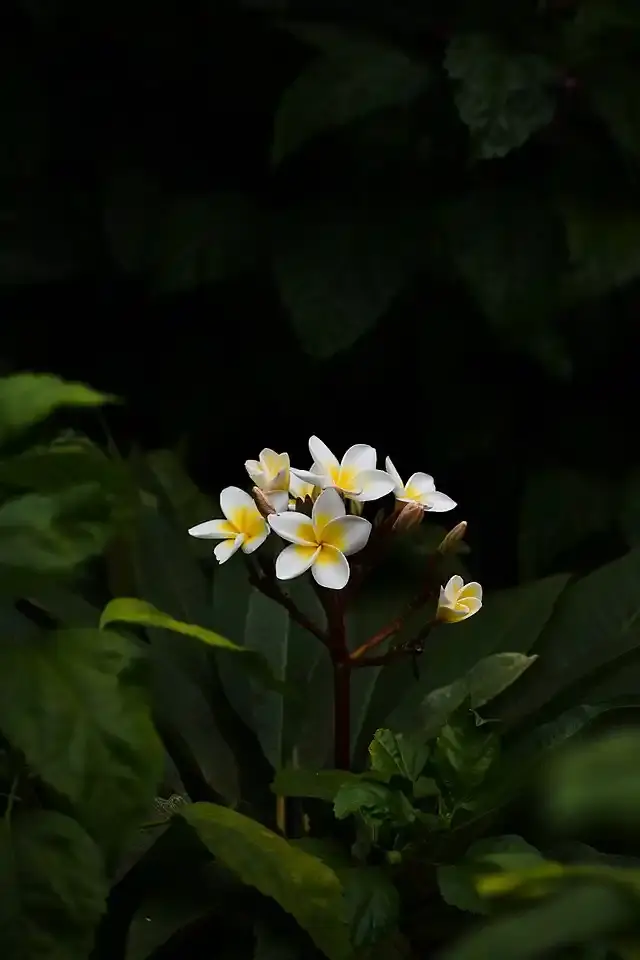
Knowing how to grow plumeria indoors allows us who do not live in the tropics to enjoy this beautiful tree. Use a large container for indoor plumeria cultivation. When there is no risk of frost, you can enjoy the container outside. They form a beautiful and fragrant addition to the patio or roof. For the winter for containerized plumeria indoors, leave it dormant. The leaves will turn yellow and fall off. You can then store the plant indoors, with or without light. Water only infrequently during the winter. Don't let the soil dry out completely, but water much less than you do outside in the summer. You can propagate plumeria plants with cuttings or seeds in the spring, as cuttings are the easiest and most preferred method. Insert the cuttings about 2 inches (5 cm.) into the pot mix and water well.
Plumeria varieties
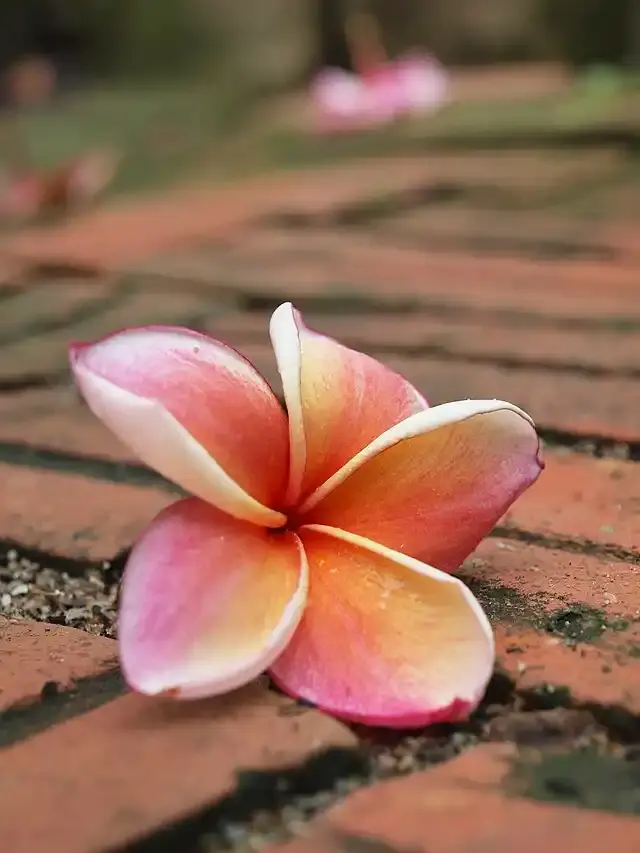
Plumeria rubra is a type of plumeria with pink flowers with a reddish tint and is common in landscapes. You can find varieties in different colors, including orange, ink, yellow, white, and multicolored. The color of Aztec Gold ranges from yellow to peach. Vera Cruz Rose has white and pink flowers with yellow centers. Candy Stripe offers a range of colors in each flower: fuchsia, yellow, white and orange.
Plumeria alba is another species commonly used in landscaping. It is evergreen and has white flowers with yellow centers.
Plumeria obtusa is slightly smaller than other species. The flowers are white or pink with very rounded petals.
Plumeria care is fairly simple as long as you can provide it with the right conditions. Temperature and drainage in the soil are among the most important conditions to help this beautiful tree grow.








